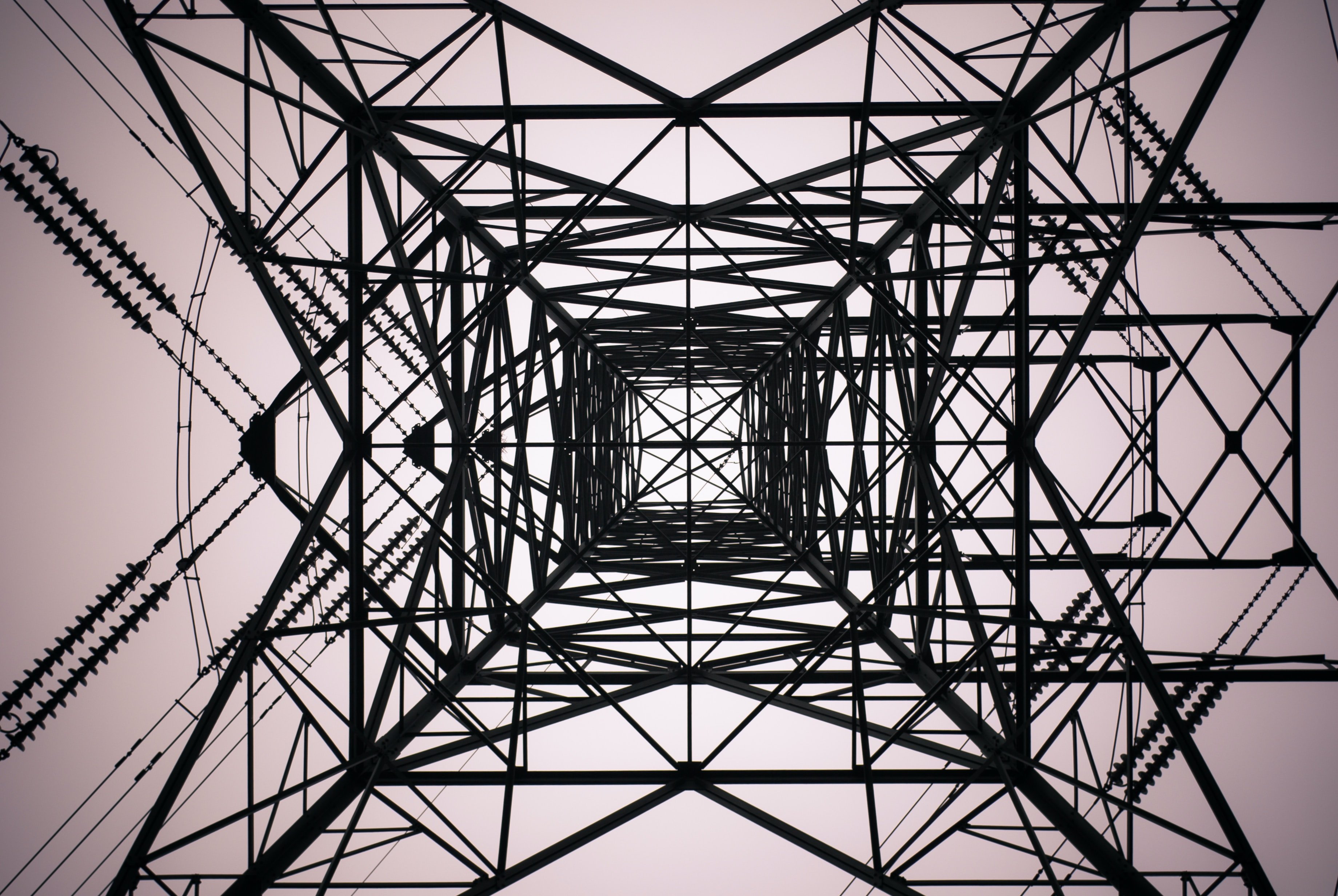2 min read
Dropping Transmission Charges Fail to Balance Distribution Cost Increases
![]() True Powered by Open Energy Market
:
Mar 4, 2024 5:49:32 PM
True Powered by Open Energy Market
:
Mar 4, 2024 5:49:32 PM

The increase in network costs, following higher distribution charges, will be limited from April 2024.
At the end of January this year, the National Grid Electricity System Operator (NGESO) shared updated Transmission Network Use of System (TNUoS) charges for the charging year from April 24.
For businesses in the UK, it means that TNUoS costs will fall by £5.36 per year for an average customer compared to the existing rate.
It’s not a significant amount of money and when combined with a substantial increase in Distribution Use of System (DUoS) charges set to arrive, combined network costs are set to increase for most.
The fixed component of your electricity bill might go down by as much as 15%. However, if you're connected to Extra High Voltage (EHV) or if you're a Low Voltage customer without a Maximum Import Capacity (MIC) in Band 1, you might actually see an increase in your charges.
For areas further south, there will be additional charges during peak times, called "TRIAD" and non-half-hourly (NHH) peak charges. Although most regions will see these charges go up, the Midlands and South Wales will experience a noticeable decrease.
The decrease in fixed charges this year compared to last year is mainly due to lower revenues from energy users. In 2024, the target revenue is £3.13 billion, down from £3.47 billion in 2023. Because of these reduced revenues, the residual charges applied to users are also lower, which affects the fixed fees they pay.
NGESO (National Grid Electricity System Operator) has considered the latest forecast for the number of distribution sites, and this has impacted the residual tariffs that certain types of users face. As a result, some user types will experience changes in tariffs that differ from the overall trend.
Modifications to the charging framework have also influenced the tariffs for both half-hourly (HH) and non-half-hourly (NHH) demand, along with adjustments to how revenue from energy usage is recovered.
Network Costs Overview
Between 2023 and 2024, many users can expect their Distribution Use of System (DUoS) costs to increase. For a typical RB2 LVSS customer, DUoS costs might rise by over 40% in certain regions, such as South Wales, London, Southern England, and Yorkshire.
Since DUoS costs make up a significant portion of most customers' bills, the increase in DUoS often outweighs any decrease in Transmission Network Use of System (TNUoS) costs for the year.
However, there's good news regarding Balancing Services Use of System (BSUoS) tariffs for April to September 2024 (BSUoS tariff 3), which are expected to drop from £14.03/MWh to £7.63/MWh.
This drop will notably reduce overall network costs for the first half of the year, particularly for sites with higher energy usage. But it's important to note that the NGESO BSUoS tariff 4, starting in October 2024, is set to rise again to £12.17/MWh.
It's essential to keep in mind that the exact impact of these network charge changes in 2024 will vary depending on the specifics of your energy portfolio, due to the different types of charges involved.